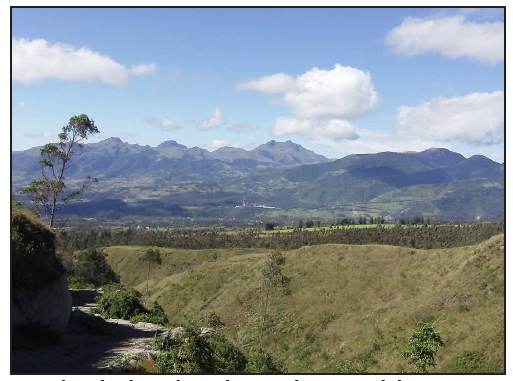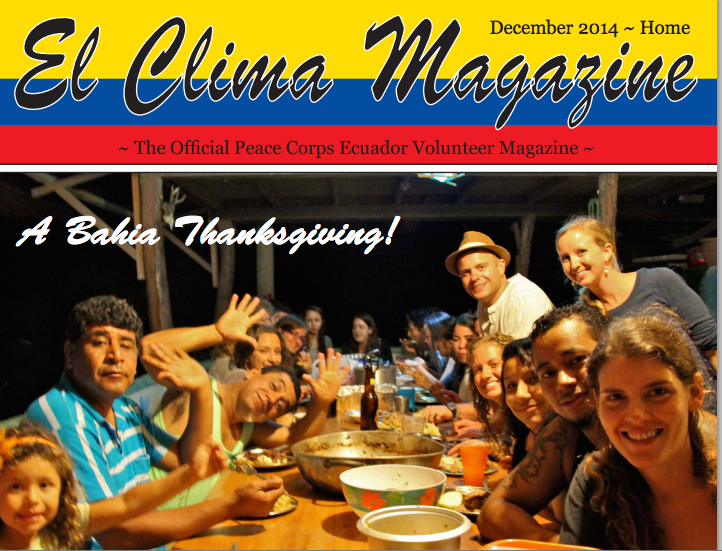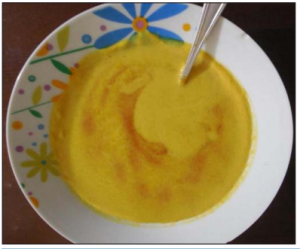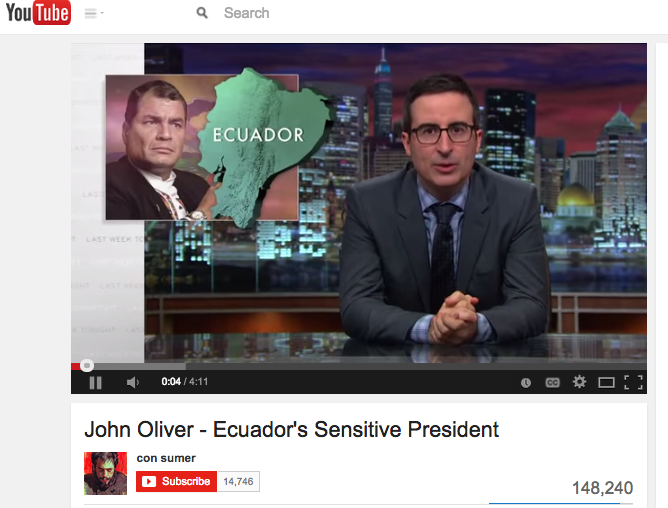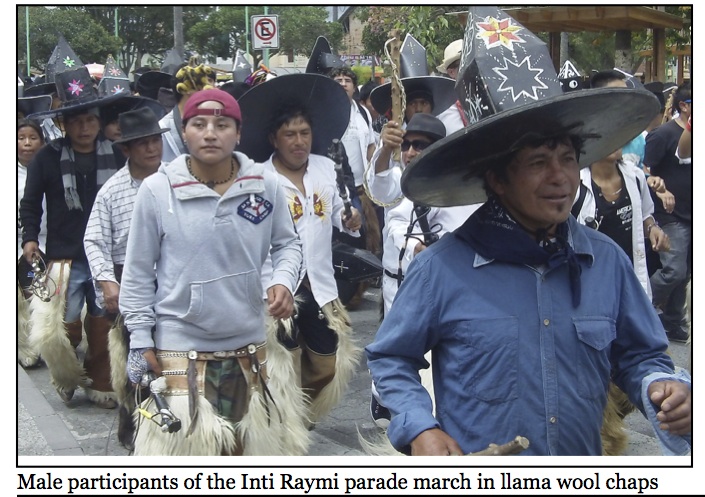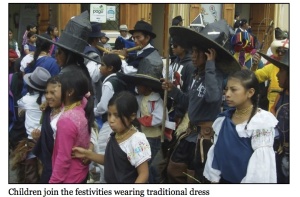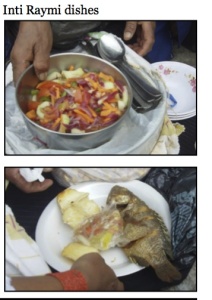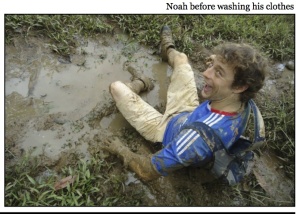Stories from El Clima #2 – Take a Break, Find Your Place
This is a piece from the latest issue of El Clima by PCV Rachel Childs
Something funny happened when I woke up in the idyllic river province of Tigre, Argentina this past month.
The song “Home” by Edward Sharpe and The Magnetic Zeros played from my friend’s music player while I washed the previous night’s dishes from the traditional grilled meat dinner, or parilla.
Though the song is about love, I could not help but think of my own definition of home.
The song “Home” by Edward Sharpe and The Magnetic Zeros played from my friend’s music player while I washed the previous night’s dishes from the traditional grilled meat dinner, or parilla.
Though the song is about love, I could not help but think of my own definition of home. …
Stories from El Clima #2 – Take a Break, Find Your PlaceRead More »
Stories from El Clima #2 – Take a Break, Find Your Place Read More »

